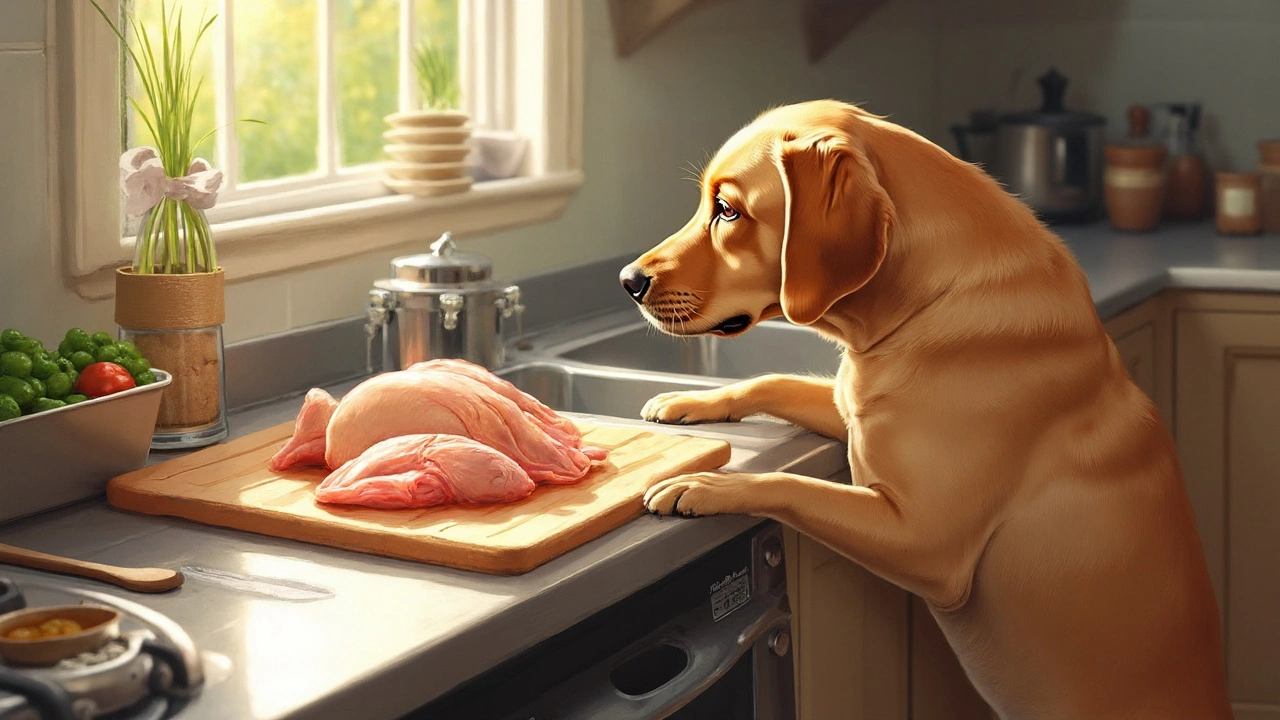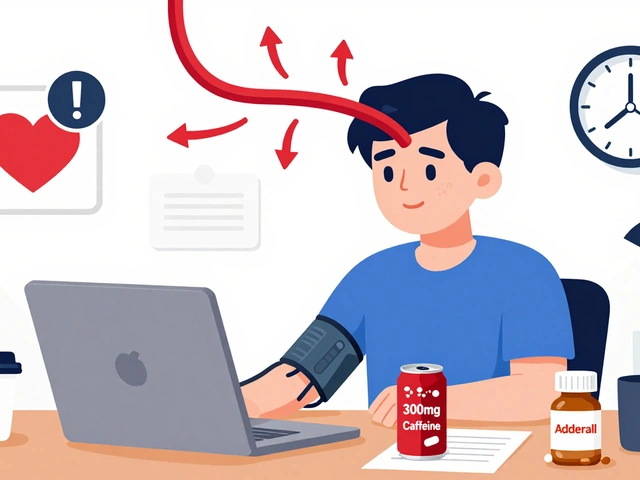Salmonella and Pets: How to Keep Your Family Safe
Salmonella is a bacteria that loves warm, moist places – and a pet’s gut can be a perfect home. When an animal carries the bug, it can hitch a ride on fur, paws, or droppings and end up on your kitchen counter. That’s why even a happy, healthy‑looking dog or kitten can still pose a hidden danger.
Most cases start with a pet eating contaminated raw meat, poultry, or eggs. Reptiles, especially turtles and lizards, are well‑known carriers because they live in environments where the bacteria thrives. Even a harmless‑looking hamster can drop a few bacteria‑laden spores in its cage, and a quick touch can spread them to anyone nearby.
How Pets Can Carry Salmonella
When a pet is infected, it usually shows no symptoms. The bacteria live in the intestines and leave the body in normal stool. If you clean up after your pet without washing your hands, you can easily transfer the germs to food, utensils, or your own mouth.
Pets also spread the bug through saliva. A lick on a hand after a walk, or a pet’s nose rubbing against a bowl, can deposit bacteria onto surfaces. Children are especially vulnerable because they love to touch pets and then put their hands in their mouths.
Practical Steps to Reduce Risk
Start with the basics: wash your hands with soap and warm water for at least 20 seconds after handling pets, cleaning cages, or picking up poop. Keep this routine even if you’re just petting a dog that just came in from outside.
Store pet food in sealed containers and keep raw meat separate from human food. If you feed raw diets, buy from reputable sources and follow strict thaw‑and‑cook rules. Avoid feeding turtles or other reptiles to kids under five.
Clean pet areas daily. Use a bleach solution (one part bleach to nine parts water) on litter boxes, cages, and any surface that might have contact with feces. Rinse with clean water afterward and let dry.
Don’t share dishes, water bowls, or utensils between pets and people. Switch to stainless steel or ceramic bowls that are easier to sanitize than plastic.
If your pet shows signs of diarrhea, fever, or loss of appetite, call the vet right away. Early treatment can keep the infection from spreading and reduce the chance of you getting sick.
Teach kids the “no‑mouth‑after‑pet” rule: hands must be washed before they eat or touch their face. A simple reminder can cut down the odds of a nasty stomach bug.
Lastly, keep your home’s kitchen separate from pet zones. Store human food high up and away from pet food, and use separate cutting boards for raw meat and ready‑to‑eat items.
By sticking to these easy habits, you protect not just yourself but everyone in the house. Salmonella isn’t something you need to panic over, but ignoring it can turn a simple pet routine into a health scare. Stay clean, stay aware, and enjoy your furry (or scaly) friends without worry.
Learn how salmonella spreads to pets, spot symptoms early, and follow practical steps to keep dogs, cats and other companions safe.
Categories
Archives
Recent-posts
Pharmacist-Led Substitution Programs: How They Work and Why They Reduce Hospital Readmissions
Dec, 11 2025
Canadamedsunited.com Review: Affordable Online Pharmacy Benefits, Safety, and User Tips
Aug, 14 2025



 Medications
Medications




